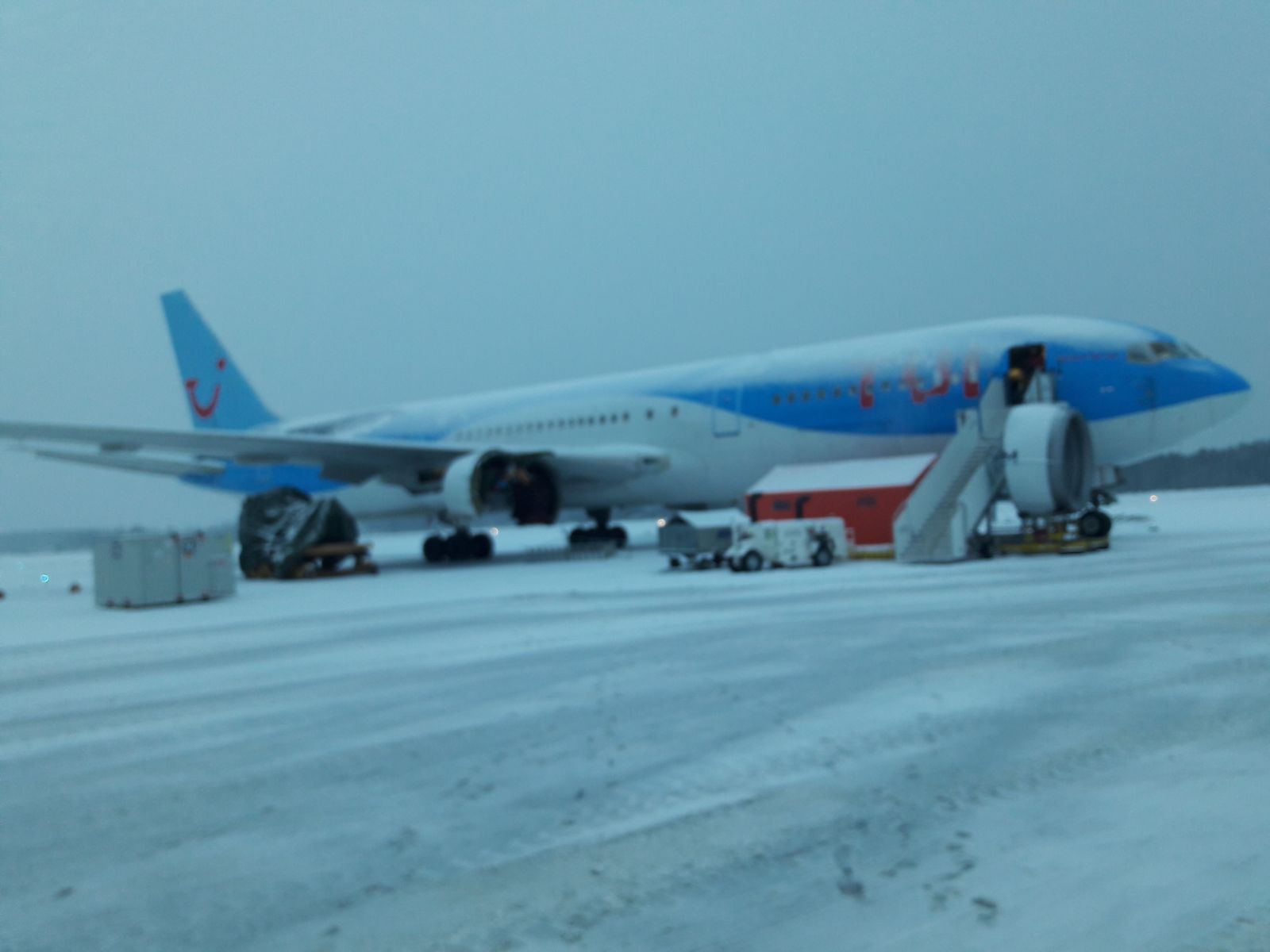Aircraft Maintenance Programs (AMPs) provide a structured framework for ensuring the continued airworthiness of aircraft. A critical element within these AMPs is the management of Hard Time (HT) components. These components have strict lifespans measured in flight hours, cycles, or calendar time, requiring work such as an overhaul at designated intervals.
Last Done Next Due and Hard Time Tracking
The Last Done Next Due (LDND) is integral to effective maintenance planning, it is the heart of the planning and used to schedule long and short-term planning. It involves meticulously tracking when maintenance tasks were last performed and when they are next scheduled. For HT components, this means knowing the date or flight hours/cycles (FH/FC) of the last time the required task was carried out such as an overhaul and comparing this to the component’s specified lifespan.
It is really important to remember the last point of installation or latest CRS Certificate or Release to Service such as the FAA 8130 or EASA Form 1 does not always answer this, we need to remember to check we are looking fir a specific action required in the AMP to be accomplished such as an overhaul.
Practical Example: An Aircraft Heat Exchanger
Let’s consider a heat exchanger with a 5000-hour HT limit. By checking the maintenance records (often referred to as “Dirty Fingerprints” or DFP), we determine its last overhaul was at 3000 aircraft FH. This means it has 2000 FH remaining before mandatory action is needed. Proactive planners will aim to integrate this upcoming maintenance into a broader scheduled check, minimizing aircraft downtime.
The Importance of Accurate Records
The entire process depends on detailed recordkeeping. Each HT component’s installation, removal, and any overhauls must be logged with FH/FC at the time. This data, along with the manufacturer’s lifespan limits, allows for calculating remaining life and proactive maintenance scheduling. Ultimately, this system ensures aircraft operate safely and within regulatory guidelines.
For a CAMO review we compare against the AMP, but remember for a lease return it might well be against the MPD (Maintenance Planning Document), this is important as the AMP might differ in some cases, this is a customised document for a specific aircraft Vs the generic MPD for many.
Want to learn more, why not follow us on LinkedIn or check out some of the courses we offer in CAMO and AIRCRAFT LEASING like out Technical Records Course
